Search Images
Browse Content (p. 1336)
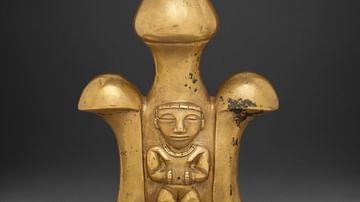
Image
Lime Container (Poporo), Quimbaya Civilization
A Poporo is a container used for storing lime that could be procured by crushing seashells and would later be eaten with coca leaves- a tradition in Pre-Columbian South America. This Poporo, made out of gold with a nude female figure carved...
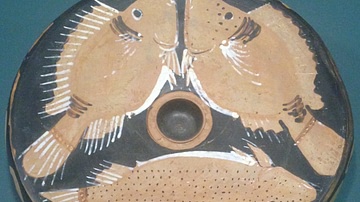
Image
Campanian Fish-plate
Campanian in origin and dating to 330-300 BCE, the function of this plate is indicated by the painted fish motifs. It is believed that the central hole was intended to hold sauce.
Royal Ontario Museum in Toronto, Canada.
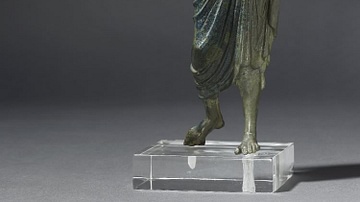
Image
Etruscan Votive Figure
A bronze figurine of a youth or priest offering a libation. 2nd century BCE. Etruscan-Latin. (British Museum, London)

Image
Etruscan Model Liver For Divination
A bronze model of a sheep's liver which was used to train Etruscan priests so that they could divine meaning from the livers of sacrificed animals. The liver is divided into 40 sections with 24 gods named in the inscriptions. From Piacenza...

Image
Ashurnasirpal II Attacking Enemy Archers
Gypsum wall panel relief showing Ashurnasirpal II in his chariot attacking the archers of the enemy. Above his horses is the emblem of the god Assur (also shooting arrows). 865-860 BCE.
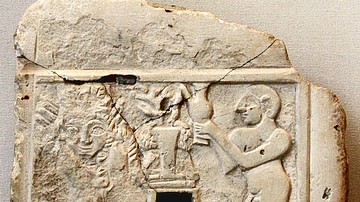
Image
Libation Offered to a Vegetation Goddess
This plaque, sculpted in low relief and featuring a hole in its center, is characteristic of the period of the archaic Sumerian dynasties, from the 3rd millennium BC. The hole was probably used to attach the plaque to a wall by means of a...
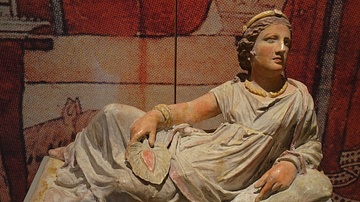
Image
Etruscan Funerary Portrait
The lid of an Etruscan funerary urn portraying the occupant. Painted terracotta Chiusi, 150-120 BCE. (Badisches Landesmuseum Karlsruhe, Germany)
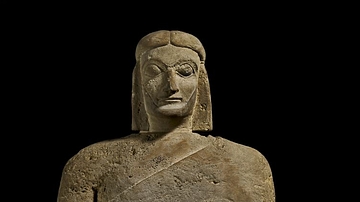
Image
Etruscan Cinerary Urn, Chiusi
A stone cinerary urn which was hollow to receive the ashes of the deceased. The head acts as a stopper. Etruscan, Chiusi, 500-400 BCE. Height: 1.37 m. (British Museum, London)
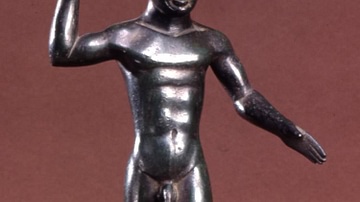
Image
Etruscan Bronze Youth Statuette
A bronze votive statuette of a youth. Etruscan, Chiusi, 530-480 BCE. Height: 27.4 cms. (British Museum, London)
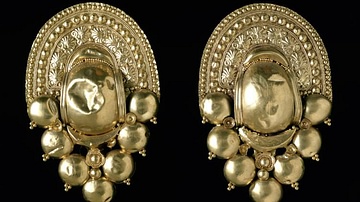
Image
Gold Etruscan Earrings, Populonia
Gold earrings from the Etruscan city of Populonia in north-west Italy. 350-300 BCE. (British Museum, London)